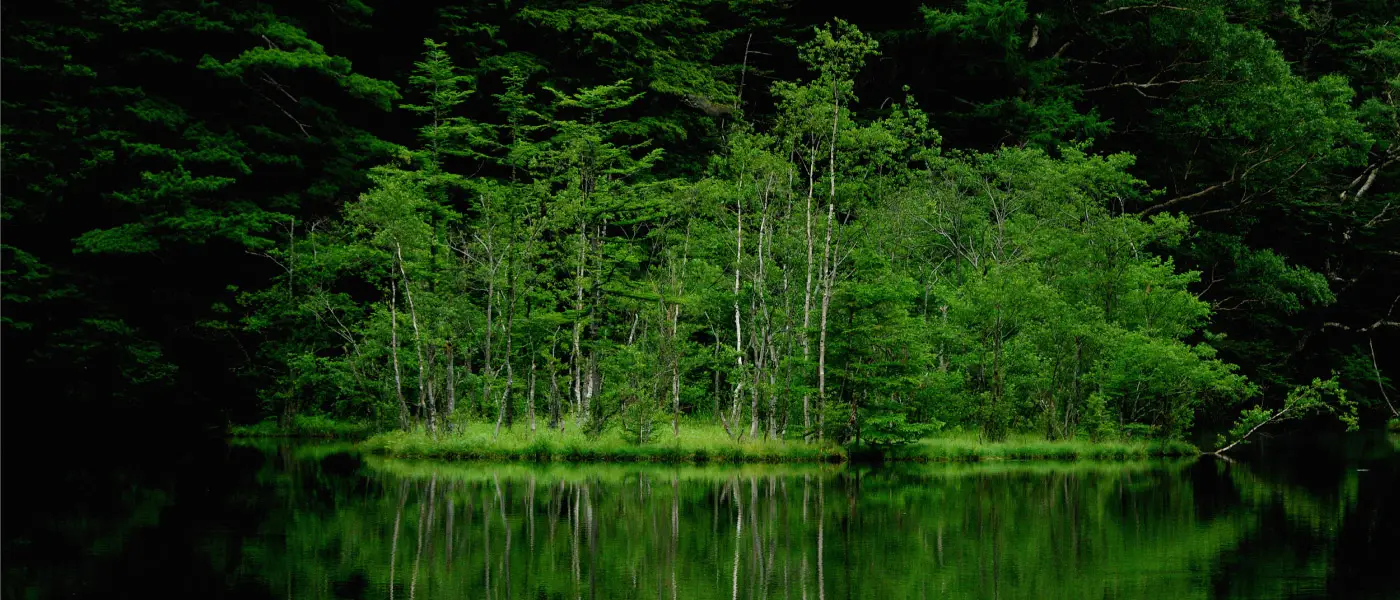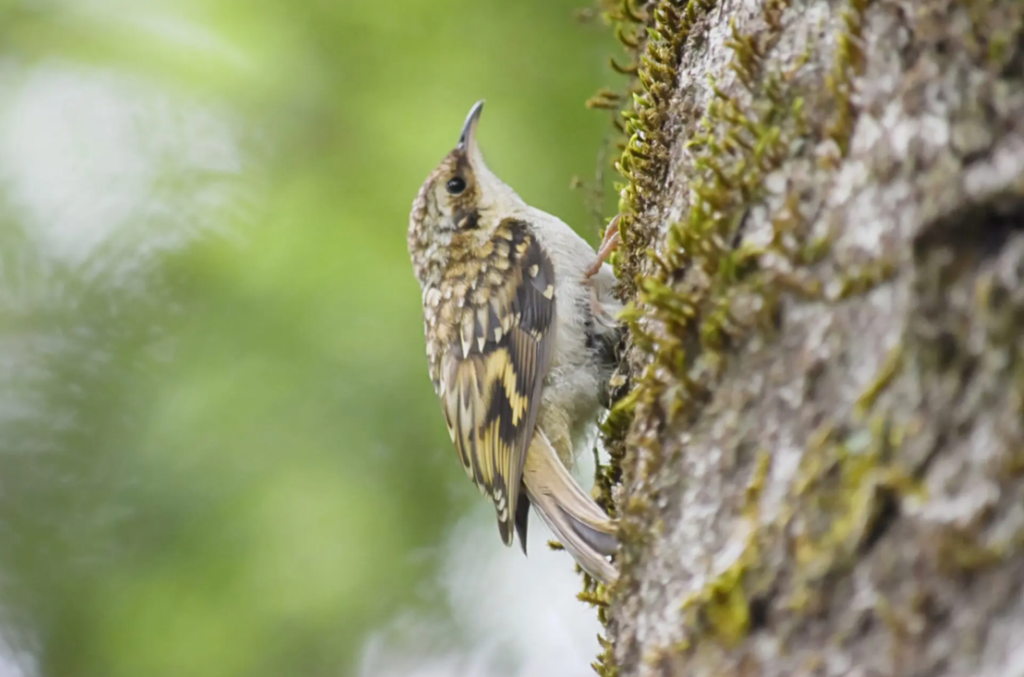
A hearty hello to all of our loyal readers around the globe!
Summer is coming to Kamikochi. With our feet now firmly planted in mid-June, we can breath in the sweet alpine air and and luxuriate in the deep green foliage that characterizes the season.
Among the often overlooked pleasures of Kamikochi is birdwatching and the current menagerie of avian life offers ample reward for those willing to seek it out. Five Sense blogger Natsu posted on this very topic earlier in the week so we decided to share some of their their reflections.
In the above picture, we see the Eurasian tree creeper, whose Japanese name キバシリ (kibashiri, or "tree runner") presents a more dynamic take on the English name. True to its moniker, tee creeper is adept at scurrying up and down tree trunks, a task to which its distinctive tail feathers are well suited. I you manage clap your mince pies on this little guy, count yourself lucky. The fact the tree creeper doesn't make a lot of noise can make it difficult to notice.
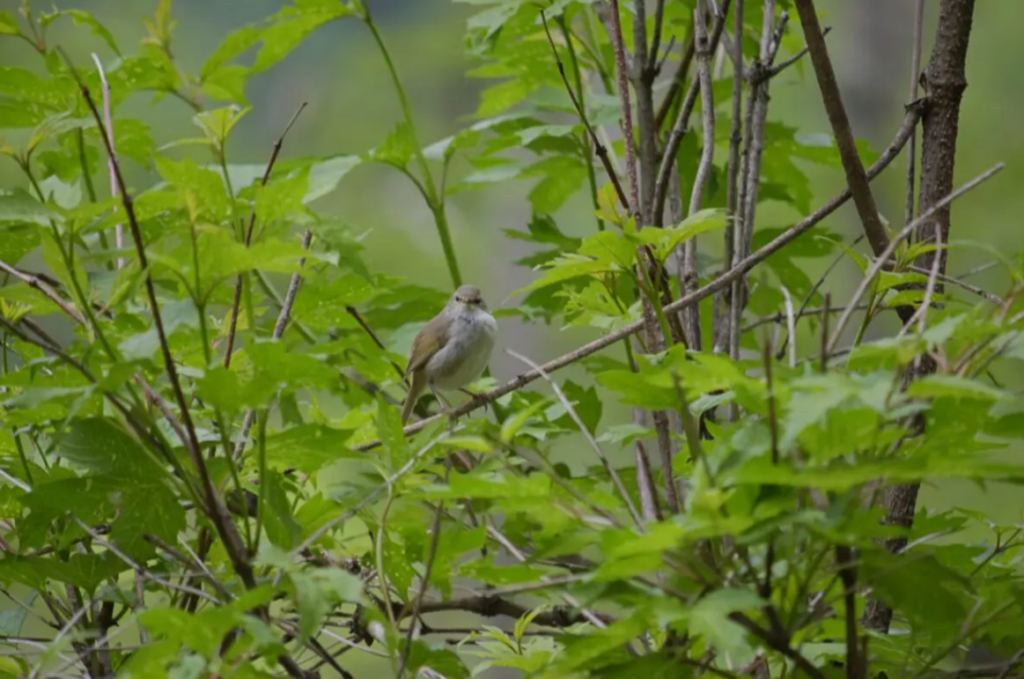
In another starling case of nominative determinism (yes, I know), the Japanese bush warbler is known for its distinctive mating song. One of the warbler's notable quirks is an upward-curving bill which makes it look as though the bird is smiling.
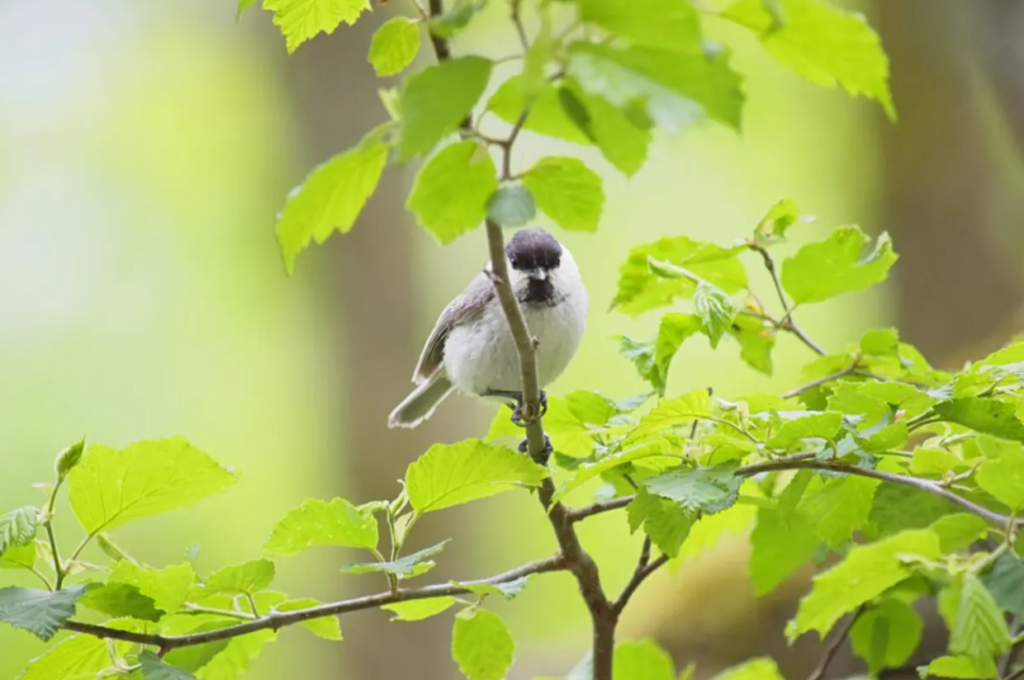
Along with the bush warbler, the willow tit is among the more frequently spotted birds in Kamikochi. It's distinctive round appearance and bib-like breast make it easy to pick out among the branches.
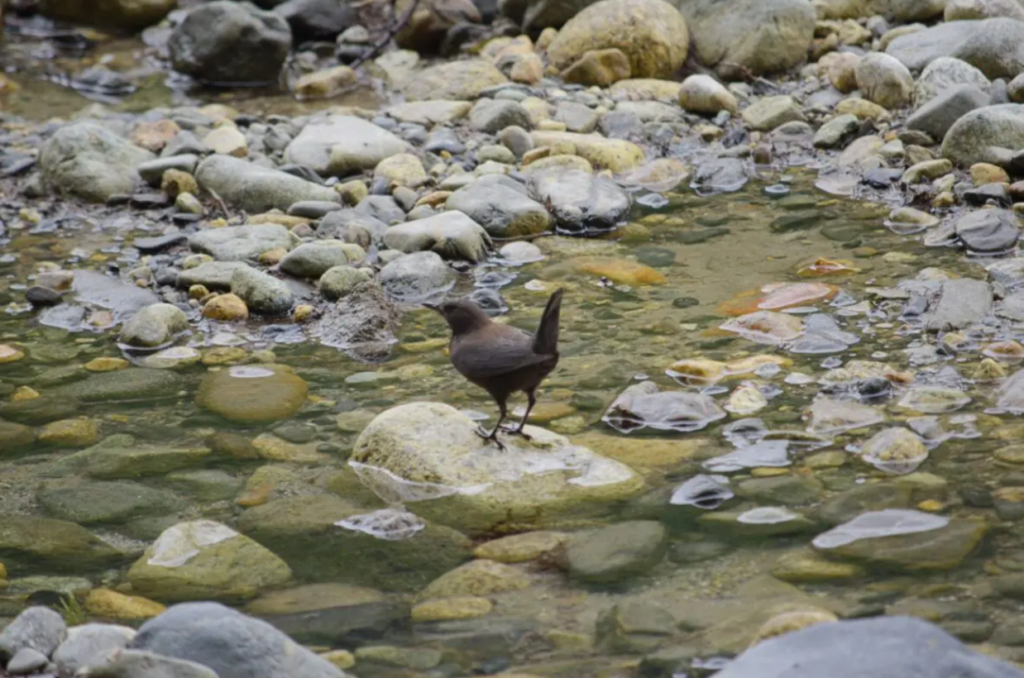
The brown dipper, called a kawagarasu ("river crow") in Japanese, can be found in and around rivers. It's a little larger than other birds featured here and also counts a unique cry amid its charms.
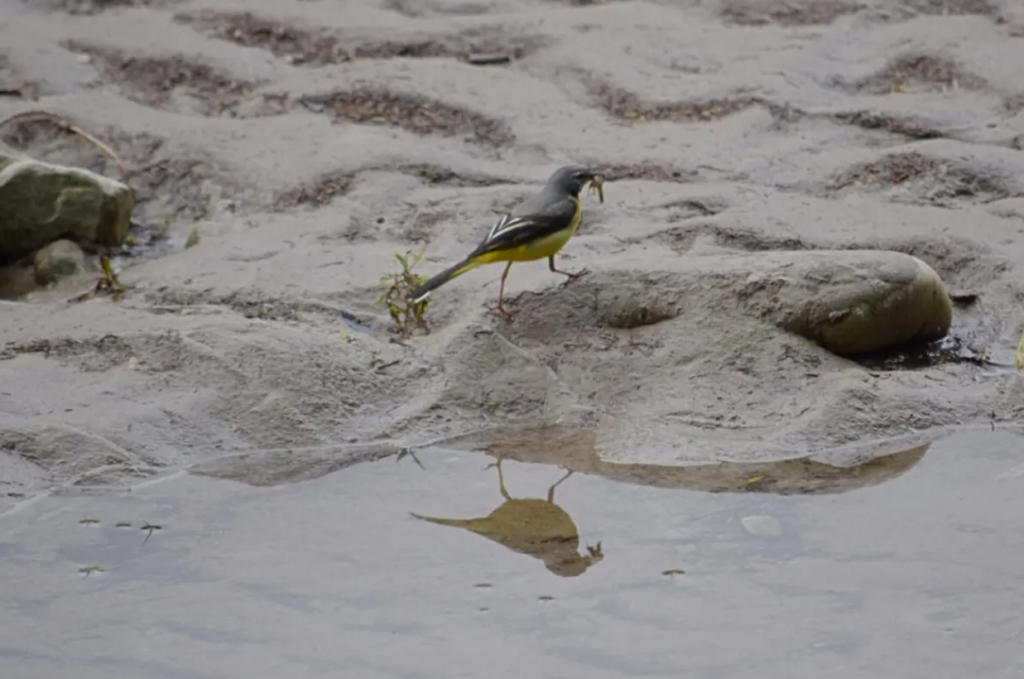
With its striking yellow belly, contrasting black back, and long tail, the grey wagtail cuts an impressive figure. This one was spotted helping itself to a midday snack by the river.
We hope that you have a chance to seek out some of Kamikochi's bird population during a visit this summer. It's best to scan the trees just above eye level, which is where they are most often found.
That's all for this week's post. Thanks again to Natsu at Five Sense for providing insight on this fascinating topic along with some beautiful pictures.
Till next time, be well and have a great weekend!
Source of Information:
Nature Guide Five Sense, Kamikochi blog: https://fivesense.guide/blog/today/135614/



